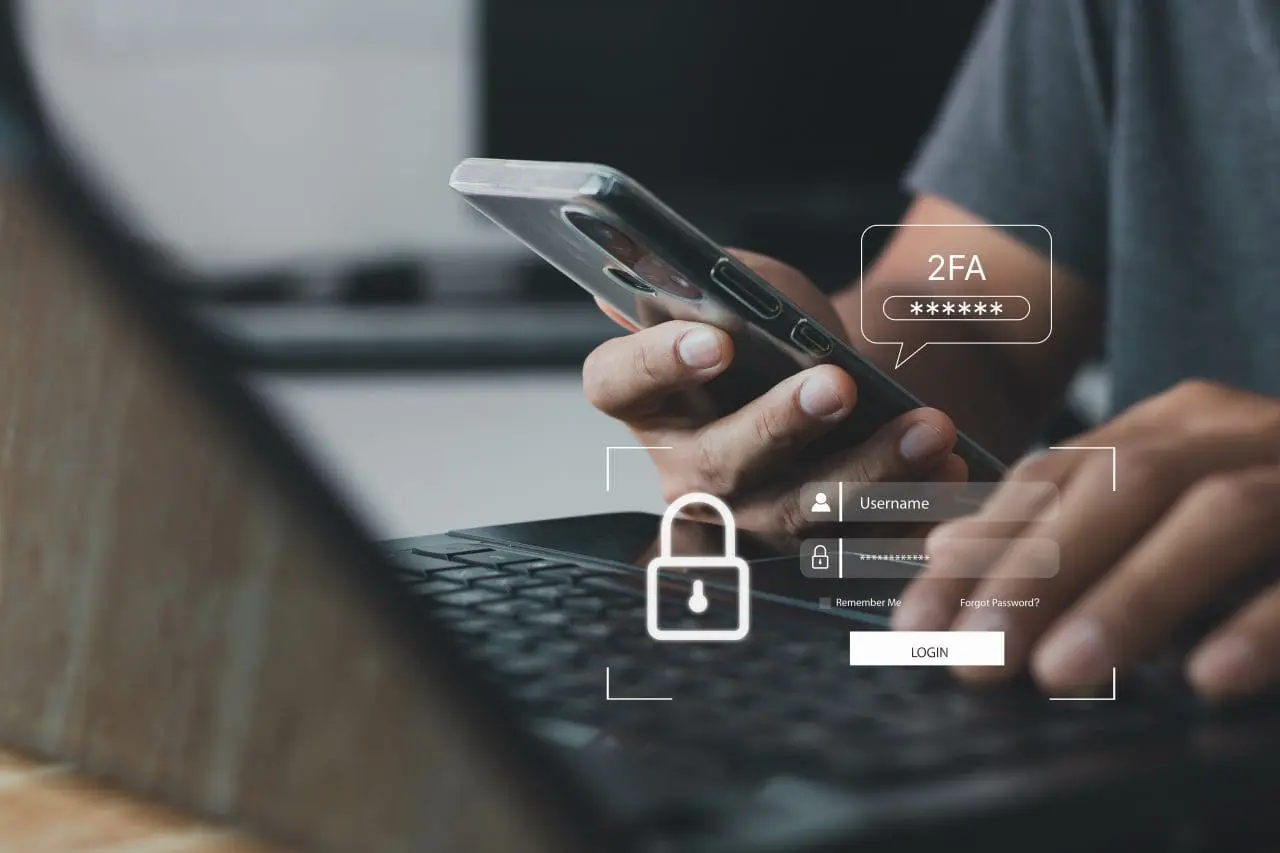

When it comes to protecting your privacy online, one of the first places to start is with your email. It’s essential to ensure that you are using a secure connection for sending and receiving emails, as well as taking measures such as enabling two-factor authentication on the account. You should also ensure that you have comprehensive spam filters in place, as these can help protect against malicious links and attachments. Finally, be sure to use a strong password which is not shared across multiple services or accounts.
Email trackers are small pieces of code which are inserted into emails in order to track user activity once they open an email. This allows businesses or individuals to gather data about users’ behaviour, such as how long they spend reading an email or if they click on any links included. This can be used to create a more tailored user experience, but it also has the potential for misuse if the data is not stored securely.
The most common way that email trackers are used maliciously is through phishing scams. In these types of attacks, malicious actors will send emails with tracking code which downloads malware or directs users to malicious websites when they open them. To protect yourself, you should always check the sender address of any emails you receive and never open attachments or click on links from unknown senders. You should also consider using an anti-virus program which can detect whether or not an email contains malicious code before you open it.
Email tracking technology is becoming increasingly advanced, with some services offering more comprehensive data than others. Generally speaking, these services will track when an email is opened, the IP address of the user who opened it, as well as what links they clicked on. It’s also possible for businesses to track user behaviour even after they have left a website, through the use of “retargeting” cookies which allow them to serve targeted ads based on past browsing history.
Fortunately, there are ways you can protect yourself from unwanted email tracking activities. One option is to use an anti-tracker tool, which can detect when emails contain code which is used to track user activity. These tools are usually available as a plugin for popular email services such as Gmail, Outlook and Yahoo. They will flag any suspicious code in incoming emails and alert you so that you can choose whether or not to open it.
It’s also important to be aware of how malicious actors may attempt to use email tracking technology against you. For example, some attackers may try to send emails with hidden links which connect to malicious websites or download malware onto your computer when they are opened. You should always be wary of any unexpected requests for sensitive information or attachments via email, and never open anything which seems suspicious.
In addition to using an anti-tracker tool, there are also other steps you can take to reduce the chances of being tracked by your email provider. The most important is to avoid clicking through promotional emails without first checking that they are from a legitimate source. You should also be aware of any tracking pixels in emails, as these can be used to collect data on when and how often you open emails. Finally, consider enabling privacy settings such as two-factor authentication or encryption which will add an extra layer of security to your accounts.
It’s also important to take steps to protect your privacy from third-party services. For example, if you are using a service such as Mailchimp or Constant Contact, ensure that you have read through their privacy policy and understand how they use data. You should also check the settings of any online accounts you create, as some sites may enable tracking by default. Finally, be sure to regularly update your device’s software in order to reduce the chances of being targeted by malicious actors.
Finally, it’s important to know how to identify and block common types of email trackers. The most common type is known as a “web beacon”, which is invisible to the eye but can be used to track user activity. To block these, you should use an anti-tracker tool such as Ghostery or uBlock Origin. You should also look out for tracking links and images in emails, as these can be used to download malware or redirect users to malicious websites.
By keeping your email activity secure and understanding the dangers of email trackers, you can ensure that your data remains private and protected from malicious actors. Remember to always check the sender address of any emails received and never open attachments or click on links from unknown senders. It’s also important to use an anti-tracker tool if you are using a service such as Mailchimp or Constant Contact, and to regularly update your software in order to protect yourself from the latest cyber threats.

This website uses cookies to improve your experience. Choose what you're happy with.
Required for the site to function and can't be switched off.
Help us improve the website. Turn on if you agree.
Used for ads and personalisation. Turn on if you agree.
This website uses cookies to improve your experience. Choose what you're happy with.
Required for the site to function and can't be switched off.
Help us improve the website. Turn on if you agree.
Used for ads and personalisation. Turn on if you agree.